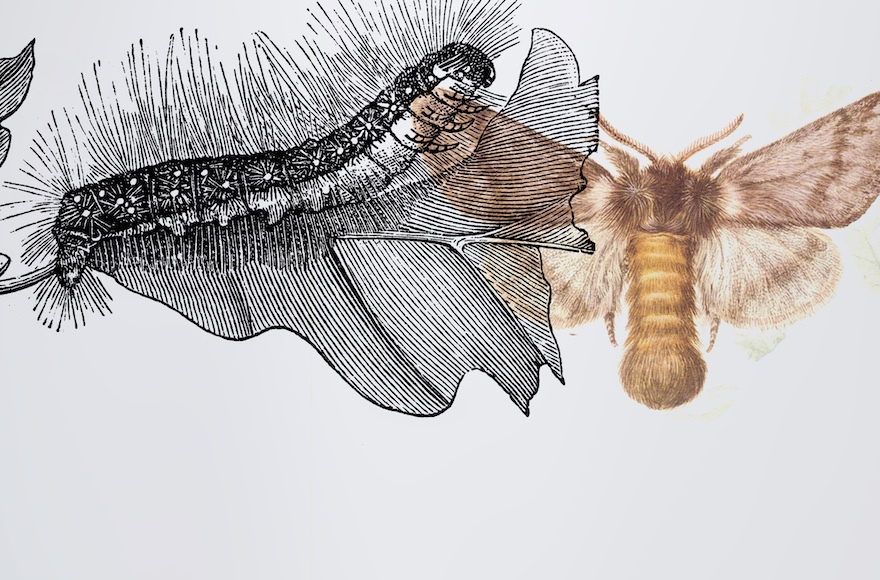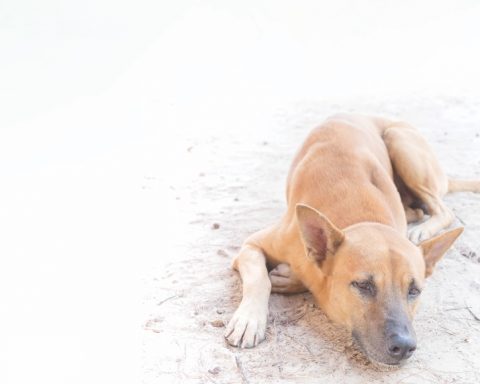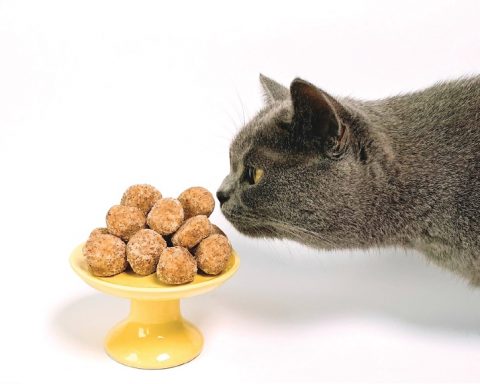Watch out for the processionary caterpillar
This month with the onset of warmer weather new risks come into play for your pets, in our climate one of the dangers that all pet owners should be aware of is the Processionary Caterpillar.
We have all seen these critters, lines of furry insects forming large trails, and always in the vicinity of Pine trees. The caterpillar has an annual cycle, the cycle begins in summer when the eggs are laid by the adult moth. These eggs hatch and the caterpillars build nests in pine trees over the cold winter. They can be readily seen and look like big lumps of cotton wool nestled in the branches of the trees. The caterpillars feed in these nests and grow over the winter period , when the warmer weather arrives this accelerates development and once they reach a certain size they make their descent down from the dizzy heights of the trees in long lines .
This is when your pets come into danger. This furry appearance is because these insects (yes they are insects, have 6 legs!!) have very fine sting hairs, these carry a toxin that cause very nasty reactions if handled or touched. The toxins are basically a type of poison which protects these animals from being eaten by predators (birds, rodents etc.) and therefore they are extremely successful in reproducing.
Unfortunately for us their success as a species exposes us and our pets to this toxin. This toxin causes inflammation, swelling and pain, these reactions subside with time and treatment. The main risk is that they can cause acute vasoconstriction of extremities. So if your pet , or any animal eats one or licks one it will cause a the blood supply to the mucosa in the mouth , the main organ affected here will be the tongue, and on many an occasion tongue tip necrosis will occur and your pet will lose part of its tongue . It is very rare for an animal to swallow one in its entirety as the toxic sensation is immediate when tasted and the animal will drop the insect, but by then the damage is done.
If you or your pet is exposed to one of these caterpillars the first thing to do is clean any area affected as much as possible, if licked try and flush out the mouth with plenty of water, the less of the chemical that comes into contact with skin/mucosa the less the reaction is going to be and the damage to the area will be reduced so the pain will not be so intense and there will be less damage to the tissues. Try and get the animal to a vet so that it can be treated with anti-inflammatories and hopefully reduce the damage.
In many cases when these animals are presented to be the damage is already done , and all I can do is give supportive therapy , treat the secondary effects of the toxin and in some cases amputate parts of the tongue or mucosa in mouth that have necrosed ( rotted). Often the clients have just noticed severe halitosis from their pet and hadn’t realised what had occurred. As a general rule pets have a much higher pain threshold than us humans so they don’t complain!!
In summary if you are walking your pets in Pine forests or in the vicinity of pine trees be extra vigilant over the next couple of months, prevention is always better than cure .






